Microsoft
Whistl
Interspecies communication —augmented by machine learning
Sponsored by:
Microsoft Design
Team :
Emma Boyle
Prompt
Dogs are special. They perform in high-risk situations and save lives in the public and private sector daily. We were asked to create a blue-sky solution for an animal-related problem using Microsoft’s design language and machine learning capabilities. Interested in the relationship between human and canine, we focused on how machine learning and AI could help dogs do a better job helping humans.
Solution
How can we help them do a better job? The problem is, dogs already do a great job. We found that the problem isn’t what dogs are lacking, but what handlers are lacking in understanding them.
Whistl is an ai enabled wearable that uses Microsoft’s machine learning to the actively interpret the body language, and other signifiers of detection dogs to help new handlers better understand their partners.
Conservation Canines
Nestled a the base of Washington’s Mt. Rainier, shelter dogs deemed unfit for families are rescued and trained to locate a wide range of animal scat and scents. Scat detection dogs aid in quickly locating samples from different species across large, remote areas with their handler. These dogs minimize sampling bias that is present in other wilflife detection methods (remote cameras, radio-collaring, hair snags, and trapping). Due to their natural abilities to locate scents, no other method can aquire such a vast amount of reliable information in as short a time. Hear it from them:
“We have worked in sub-zero temperatures in deep snow, the blazing heat of Africa, the rain forest of Mexico, the steep mountain terrain of the Pyrenees, and even from the bow of a boat on the ocean. We have trained our dogs to find elusive predators, endangered mice, caterpillar frass that is virtually undetectable by the human eye, and eggs buried four feet below the sand.”
– Conservation Canines

Research
Meet the experts
︎
Barb Davenport
Master Canine Trainer,
Washington Dept of Corrections
Barb Davenport
Master Canine Trainer,
Washington Dept of Corrections
︎
Steve White
Supervisor,
Seattle PD Canine Unit
Steve White
Supervisor,
Seattle PD Canine Unit
︎
Heath Smith
Director of Field Operations, Conservation Canines
Heath Smith
Director of Field Operations, Conservation Canines
Our research focused on unpacking the intricacies of the canine & handler relationship: How it’s forged, what friction points arise, and how that bond can be stronger.
I spoke with Sergeant Barb Davenport and Heath Smith, key contributors to the foundation and success of Conservation Canines.
I spoke with Sergeant Barb Davenport and Heath Smith, key contributors to the foundation and success of Conservation Canines.
The biggest takeaways were:
A handler’s deep understanding of their canine’s body language and signals is crucial to successful tracking.
Handlers have a large learning curve understanding their canine’s non-verbal communication than vice-versa.
Each dog is an individual and responds to different stimuli and expresses themselves differently.
“It takes a couple days to train a dog.
It takes 3 months to train a handler. Even then it takes a few years to get it right.“
— Heath Smith, Conservation Canines
Problem
Design Goals
Ideation and Prototyping
Initial Ideation focused on capabilities of an on-body data hub that acted as a storate device for handler’s research tracking.
What is machine learning?
Machine learning enables computers to learn
from data and experiences and to act
without being explicitly programmed.
Build artificial intelligence (AI) applications that sense, process,
and act on information—augmenting human capabilities,
increasing speed and efficiency, and helping you achieve more.
How can we strengthen the level of understanding between handler and canine in a non-invasive way?
- Supporting (not replacing) the canine/handler relation
-
Small footprint, “set and forget”
- Durable
- Stay true to Microsoft’s design principles
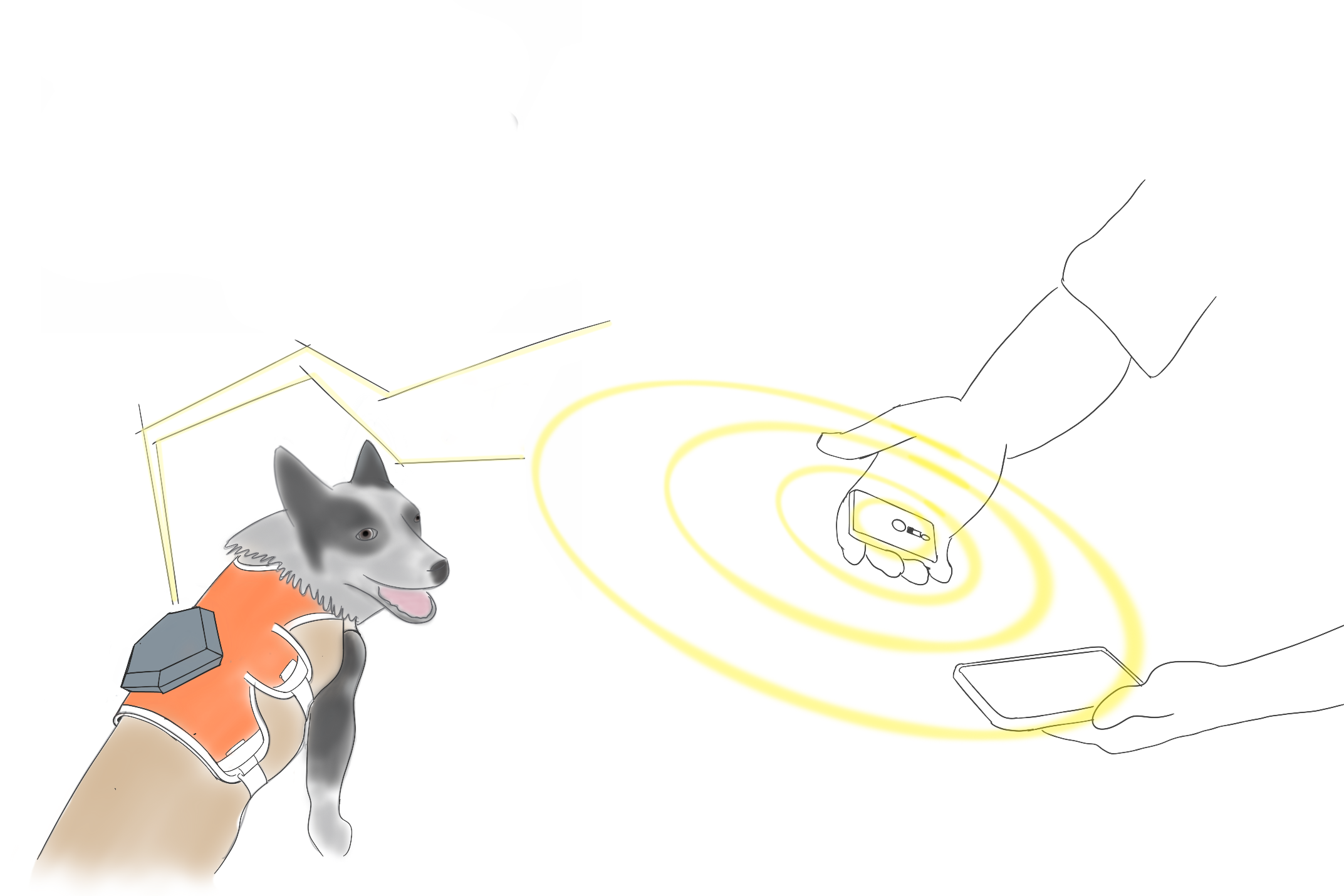

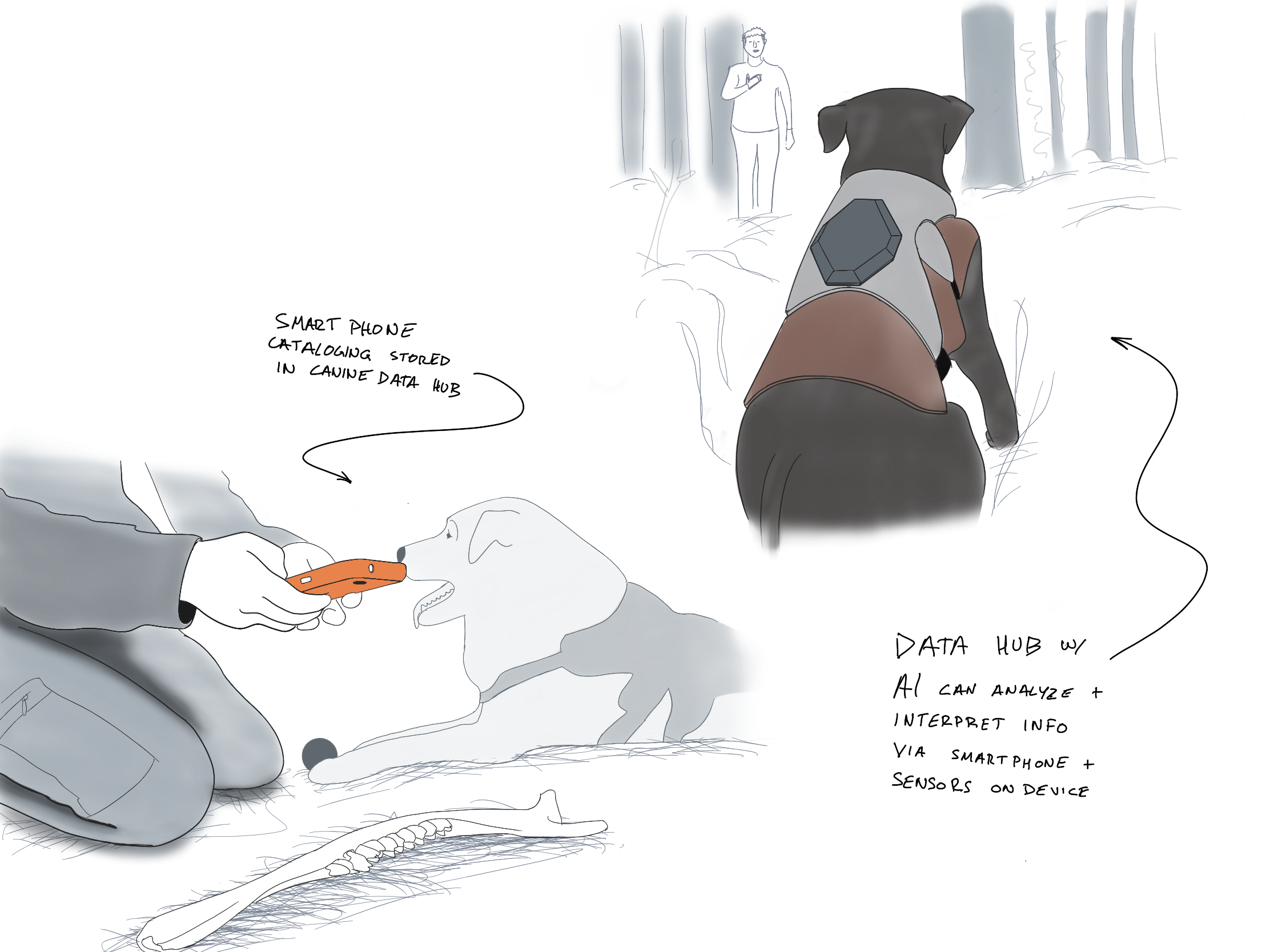

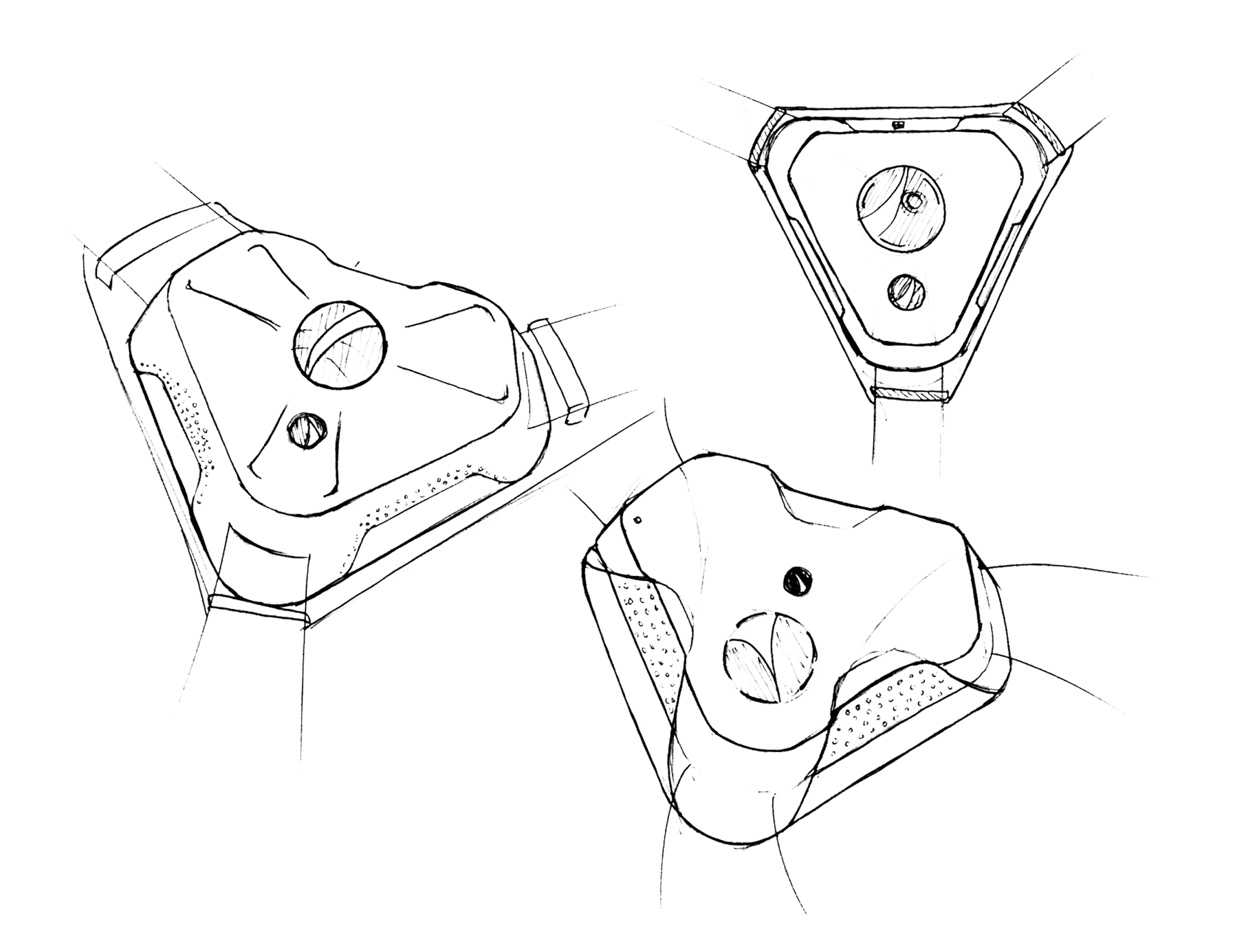


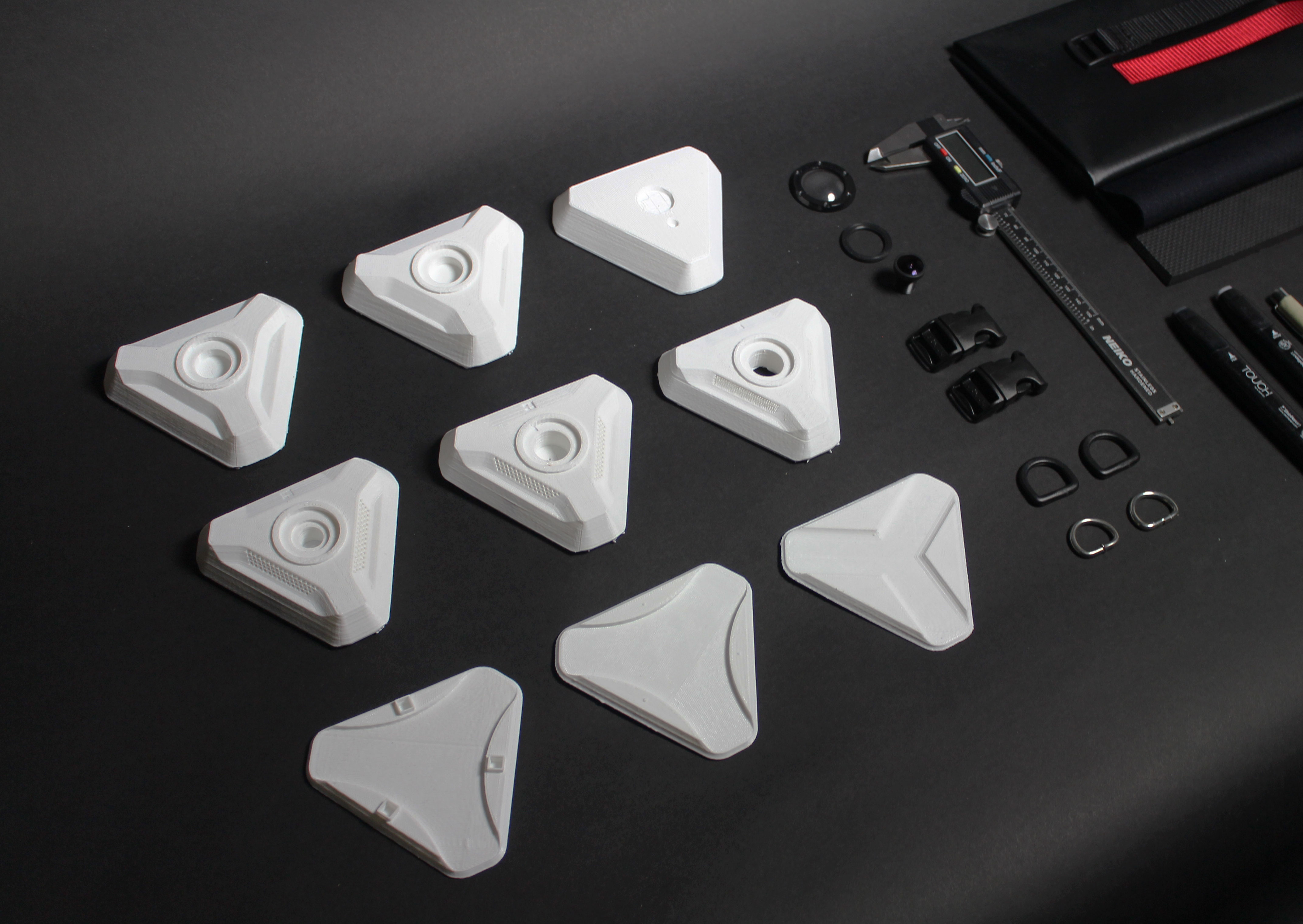
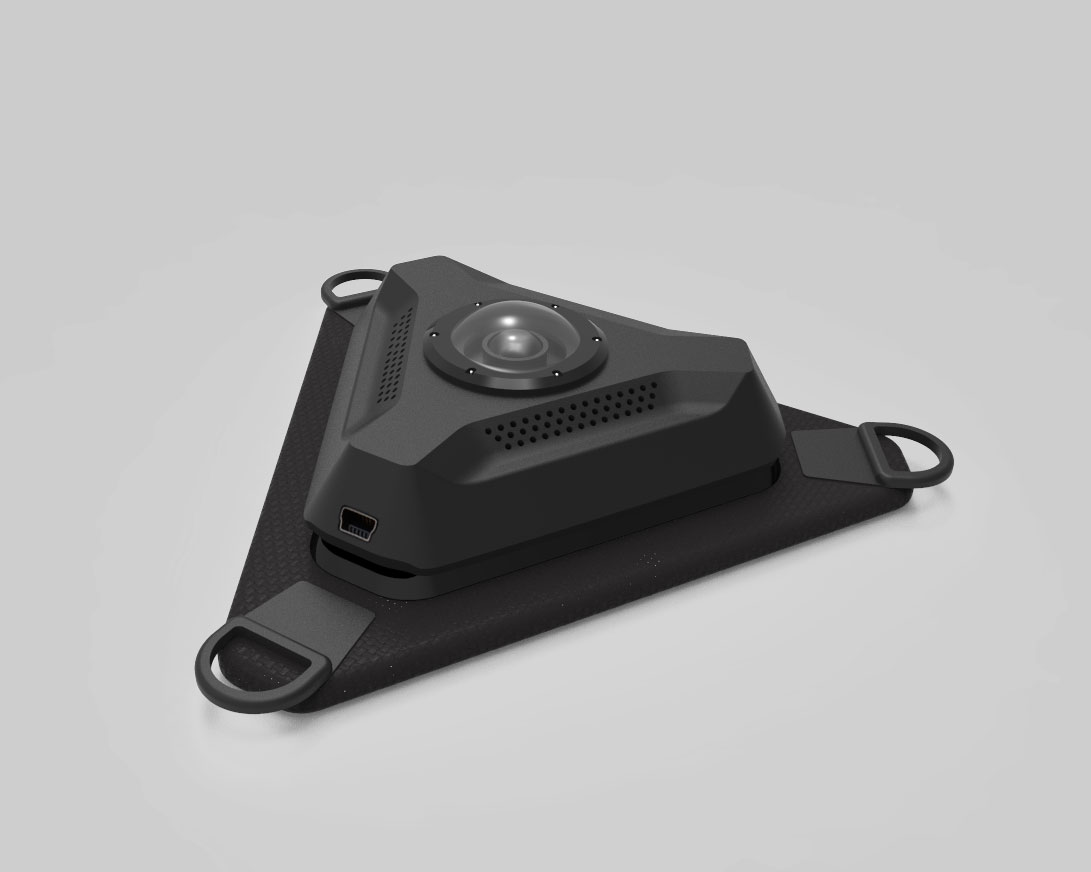



Photos of Conservation Canines are owned by Jaymi Heimbuch LLC